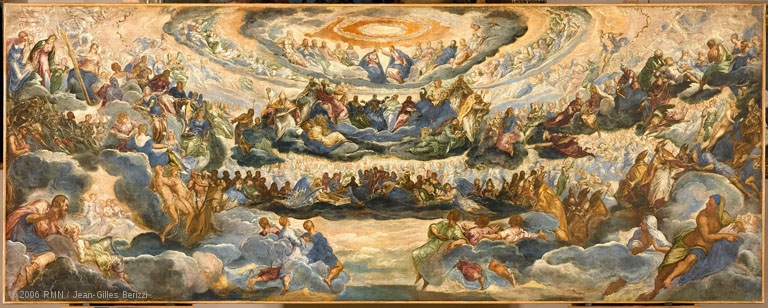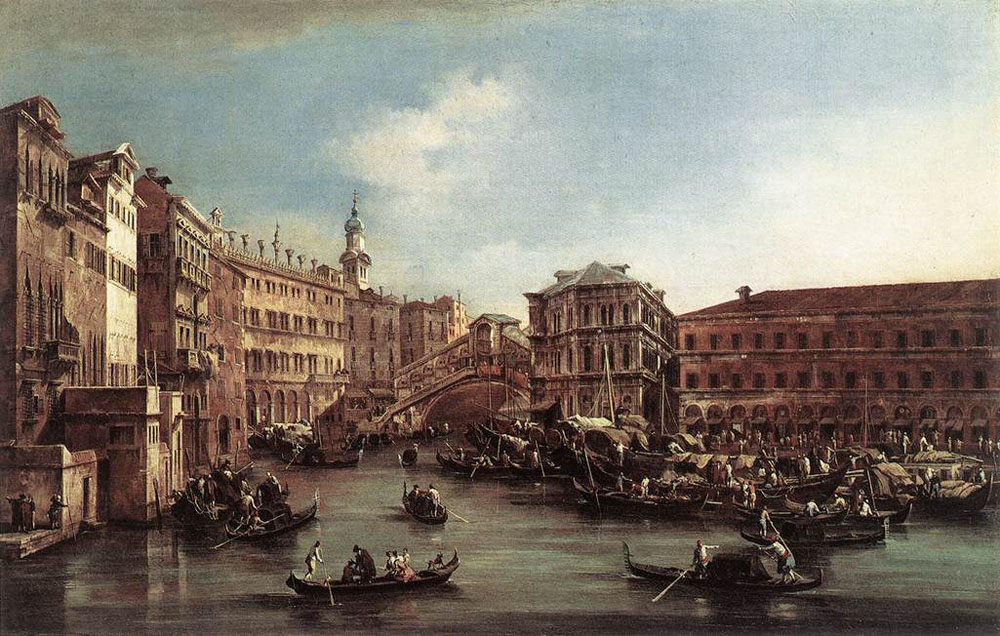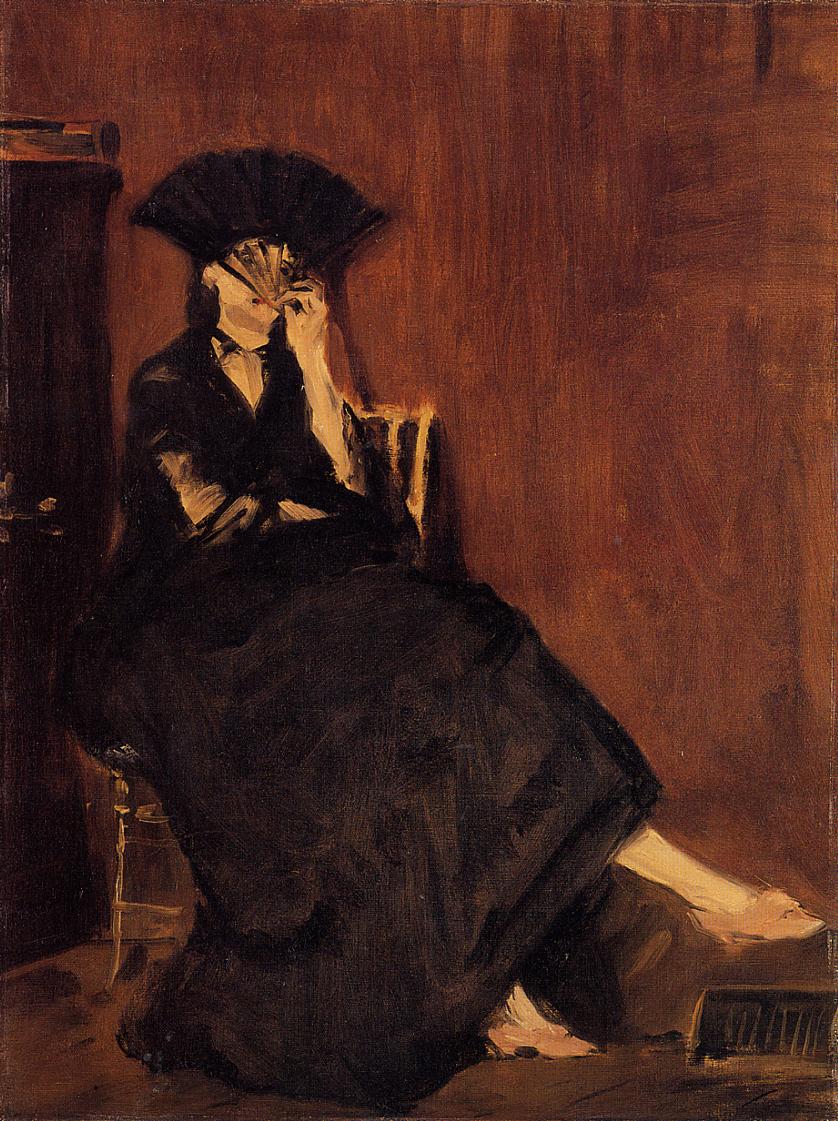… you notice two things right away: that every insight has its parvenus, upstarts who make a hue and cry as soon as they catch on,—and then, that perhaps it’s not so much a question of insights, which bring up too much consciousness.
Rainer Maria Rilke to Clara Rilke
We often hear nowadays that all one needs to do to unleash one’s creativity is to go deep inside oneself. It is there, and only there, that our unique insights are to be revealed.
But this is not enough. If the artist’s vision, and their consciousness, are not informed, refined, expanded by the art of the past, then we are bound to re-invent wheels, and blindly believe our naive inventions to be new and unique.
Cézanne’s was a magnificent achievement, but it is deeply grounded in the work of his predecessors; just like no peak can exist without a mountain.
So Rilke goes to the Louvre.
He keeps dancing between the past and the present, discovering the past in the present (and vice versa).
OCTOBER 8, 2017 (PART 1)
It’s strange to walk through the Louvre after two days in the Salon d’Automne: you notice two things right away: that every insight has its parvenus, upstarts who make a hue and cry as soon as they catch on,—and then, that perhaps it’s not so much a question of insights, which bring up too much consciousness.
As if these masters in the Louvre didn’t know that painting is made up of color. I’ve looked at the Venetians: they’re of an indescribably radical colorfulness; you can feel how far it goes in Tintoretto.

Almost further than with Titian.

And so on into the eighteenth century, where the only thing separating their color scale from Manet’s is the use of black.
Guardi has it, incidentally; it was unavoidable, right there in the middle of all that brightness, ever since the laws against extravagant display decreed the use of black gondolas.

But he still uses it more as a dark mirror than as a color; Manet was the first—encouraged by the Japanese, certainly—to give it equal value among the other colors.

Rainer Maria Rilke to Clara Rilke
INTERCOURSE of Colors
For Rilke, Cézanne’s major achievement is in color — in recreating reality in colors, in their mutual intercourse. Not every artist would agree with that, but I do.
So it is the pre-history of this achievement that he is looking for and seeing in the Louvre: opening the palette to pure primary colors, and including black as a color (rather than simply the absence of color, “the dark mirror” which absorbs all light).
SEEING PRACTICE: the COLOR BLACK
The difference between black as absence of color, as pure darkness, versus black as an equal among colors is rooted deeply in the biology of human vision.
The human eye has different photoreceptors for these two visual perceptions.
“Rods” are responsible for detecting the amount of light; for them, “black” means darkness. They are concentrated on the periphery of retina, and we use them mainly when there isn’t enough light to detect color differences.
“Cons” are concentrated in the centre of the retina, and they are responsible for color recognition. There are three types of cons, “red”, “blue” and “green”; for them, “black” means a certain combination of these signals, just like any other color.
To notice the difference between the two perceptions of black in real life, you can either squint (to decrease the amount of light perceived by the eye) or turn your head to use your peripheral vision.